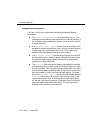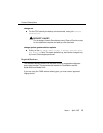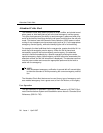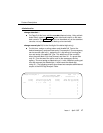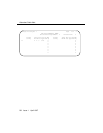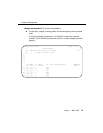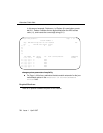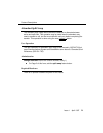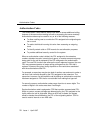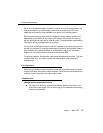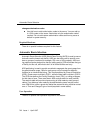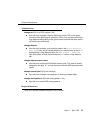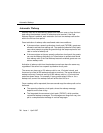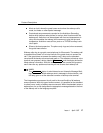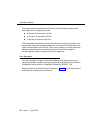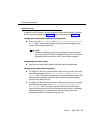
22 Issue 1 April 1997
Authorization Codes
Authorization Codes 0
The Authorization Codes feature allows hotel staff to access additional calling
features of the server when making toll calls or accessing the server remotely.
Authorization codes may be used for any or all of the following reasons:
■ To allow a calling user to override the FRL assigned to the originating sta-
tion or trunk
■ To restrict individual incoming tie trunks from accessing an outgoing
trunk
■ To identify certain calls on CDR records for cost-allocation purposes
■ To provide additional security control for the system.
When an authorization code is dialed, the FRL assigned to the extension
number, attendant console, incoming trunk group, or remote access trunk group
being used for the call is replaced by the FRL assigned to the authorization
code. The new FRL functions the same as the one it replaces; however, the new
FRL may represent greater or lesser calling privileges than the FRL that it
replaces. Access to any given facility depends on the restrictions associated
with the authorization code FRL.
For example, a supervisor may be at a desk of another user and want to make a
call that is not normally allowed by the FRL assigned to that extension. The
supervisor, however, can still make the call by dialing an authorization code that
has been assigned an FRL that is not restricted from making that type call.
For security reasons, authorization codes range from four to seven digits. The
number of digits in the codes must be a fixed length.
Each authorization code is assigned a COR that contains an associated FRL.
Within a system, access privileges are determined by the FRL assigned to the
facility where the call is originated. When an ARS call is dialed, the system
allows or denies the call based on the FRL of the originating station. COR is
used to restrict internal or non-ARS calls.



